The Value of Proprietary Reverse Mortgages: Expanding Options for Today’s Homeowners
For many older homeowners, a reverse mortgage offers a smart way to convert home equity into usable cash without selling the property or taking on monthly loan payments. While most people are familiar with the Home Equity Conversion Mortgage (HECM)—the federally insured reverse mortgage—there’s a growing awareness of another powerful option: the proprietary reverse mortgage. These private, non-government-backed loans are designed to serve homeowners with higher-value properties or unique financial goals that HECMs may not fully meet.
So, what makes proprietary reverse mortgages valuable, and who benefits most from them?
1. Greater Loan Limits and Flexibility
Perhaps the most significant advantage of proprietary reverse mortgages is their higher lending limits. While HECMs have a federal cap on the home value that can be considered—currently around $1,149,825—proprietary products can often accommodate homes valued well above that threshold. For homeowners in high-cost real estate markets, such as California, New York, Massachusetts or Florida, this flexibility allows access to a much larger portion of their equity.
These loans can be particularly beneficial for borrowers with luxury homes or properties that far exceed the FHA lending limits. By tapping into more equity, homeowners can better fund long-term goals such as supplementing retirement income, paying off debt, or creating a financial cushion for future healthcare needs.
2. Tailored to Unique Borrower Needs
Because proprietary reverse mortgages are offered by private lenders, they often come with customizable terms and features. Some allow for lump-sum payouts, while others offer lines of credit. This range of options can be appealing to borrowers who want more control over how and when they access their funds.
Additionally, proprietary loans may be available to younger borrowers, sometimes as young as age 55—compared to the HECM’s minimum age requirement of 62. This flexibility allows homeowners to start leveraging their home equity earlier, which can be advantageous for early retirees or those facing unexpected financial challenges.
3. No Mortgage Insurance Premiums
Since proprietary reverse mortgages are not federally insured, borrowers are not required to pay upfront or ongoing mortgage insurance premiums—a common expense with HECMs. While these loans may carry higher interest rates to offset the lack of insurance, the savings on premiums can make them more cost-effective for certain homeowners.
4. Preserving Wealth and Legacy
Used strategically, a proprietary reverse mortgage can play a valuable role in a retirement income plan. By providing liquidity without selling the home, retirees can preserve other investments and potentially reduce tax burdens. It can also offer flexibility in estate planning—giving homeowners the financial freedom to gift, invest, or simply live more comfortably, while maintaining ownership of their property.
The Bottom Line
Proprietary reverse mortgages open new doors for homeowners whose needs extend beyond what government-insured products can offer. With higher loan limits, flexible terms, and the potential for lower fees, they represent a valuable tool in modern financial planning. As with any major financial decision, it’s essential to consult with a qualified reverse mortgage specialist or financial advisor to determine if a proprietary product aligns with your long-term goals.
By understanding the full range of options available—including proprietary reverse mortgages—today’s homeowners can make more informed choices about how to turn their home equity into lasting financial security.

